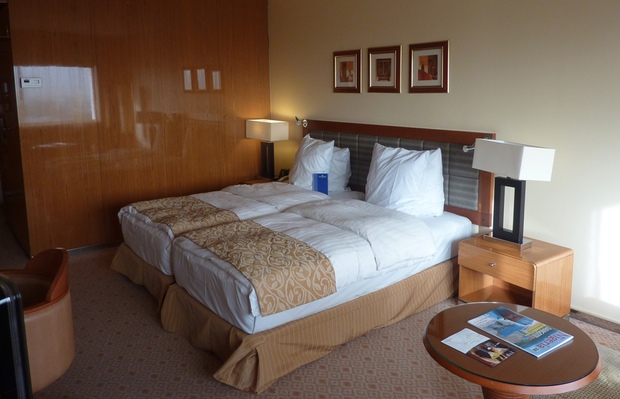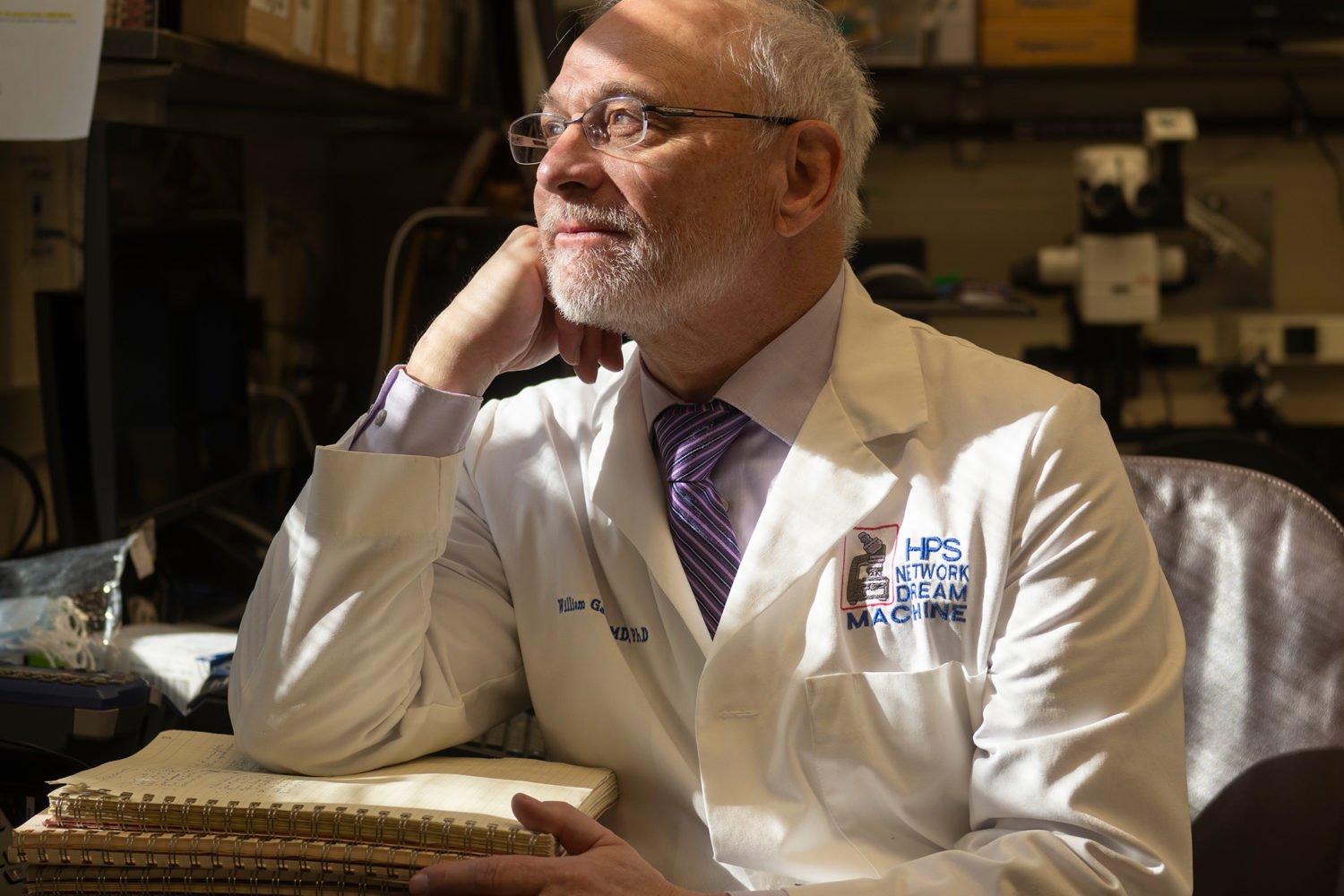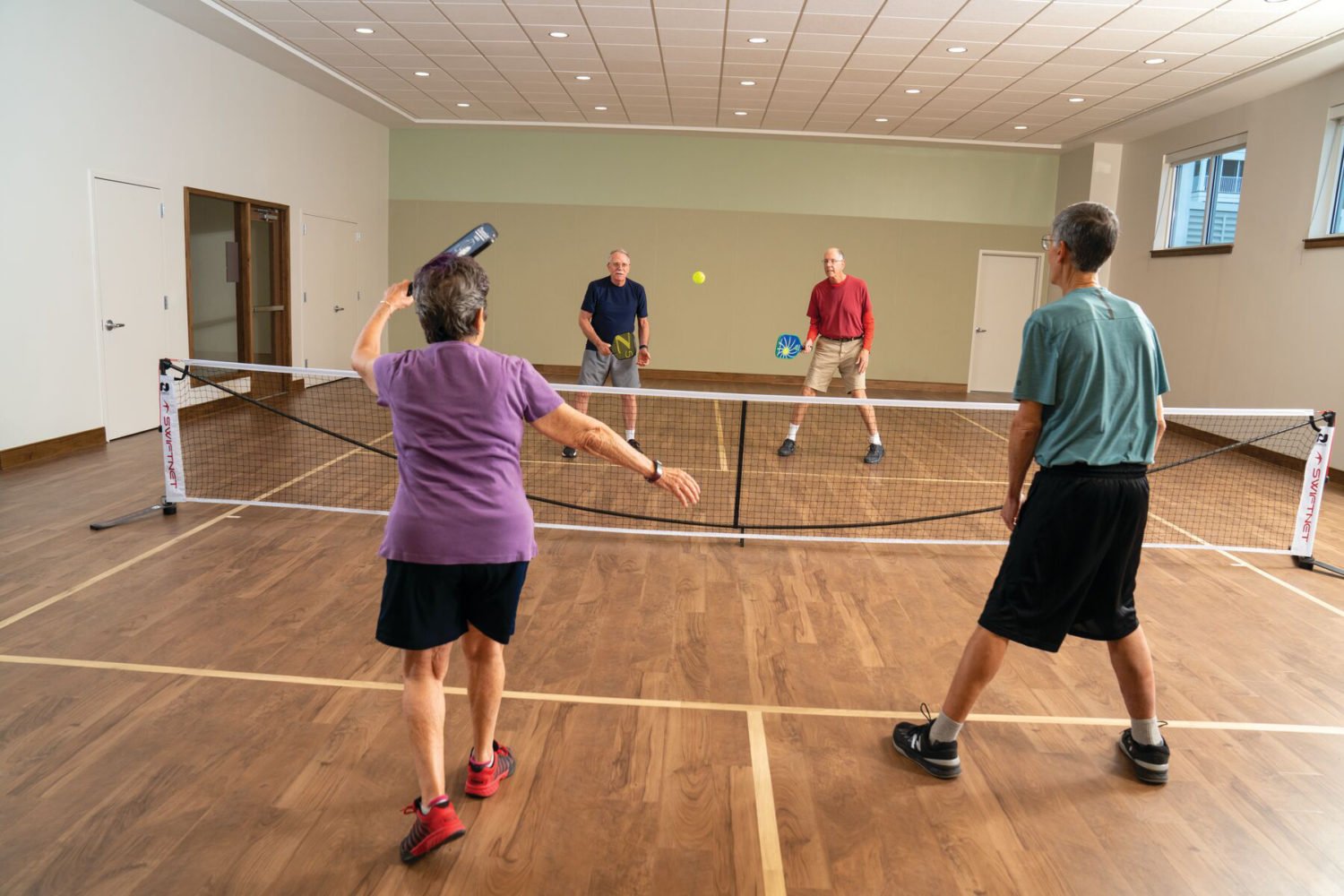We all know the rule when it comes to hotel rooms: Don’t sit or lie down on the comforter.
The top of the bed is often thought of as the dirtiest surface in a hotel room, but researchers from the University of Houston have found otherwise. Next time you check in, you might want to sanitize the light switch and the TV remote, too.
The researchers sampled a variety of surfaces from hotel rooms in Texas, Indiana, and South Carolina and tested each surface for bacterial contamination, including fecal remnants. While the toilet and bathroom sink were expected to be two of the most contaminated surfaces, researchers were surprised to find that the TV remote and the bedside lamp switch also contained high levels of contamination.
Even more troubling: The equipment used to clean these dirty surfaces were also some of the most contaminated. Researchers found high levels of bacteria in the housekeepers’ sponges and mops. “Currently, housekeeping practices vary across brands and properties with little to no standardization industry wide,” said researcher Katie Kirsch in a statement at the 2012 General Meeting of the American Society for Microbiology. “The current validation method for hotel room cleanliness is a visual assessment, which has been shown to be ineffective in measuring levels of sanitation.”
The surfaces with the lowest levels of contamination were the headboard on the bed, curtain rods, and the bathroom door handle.














